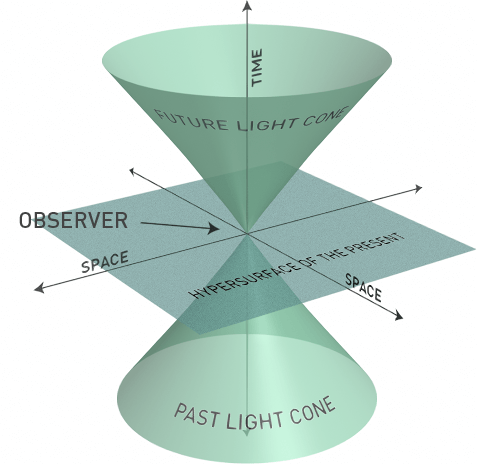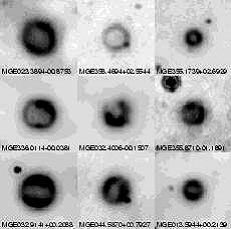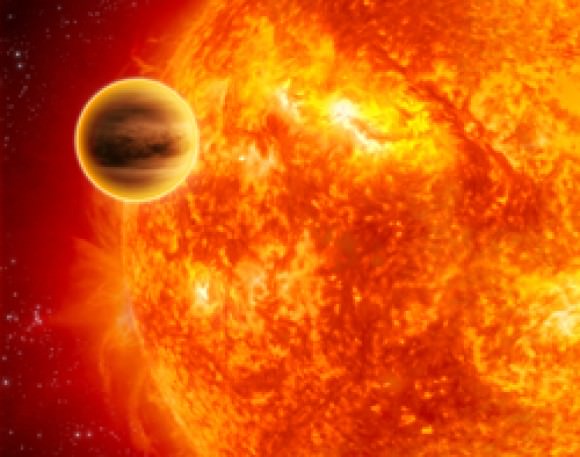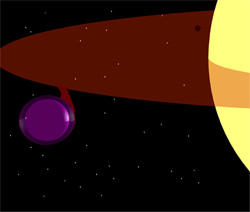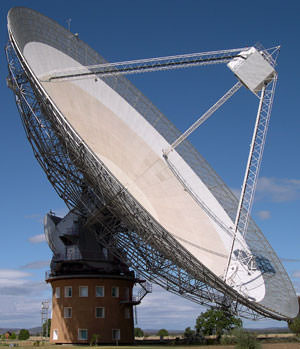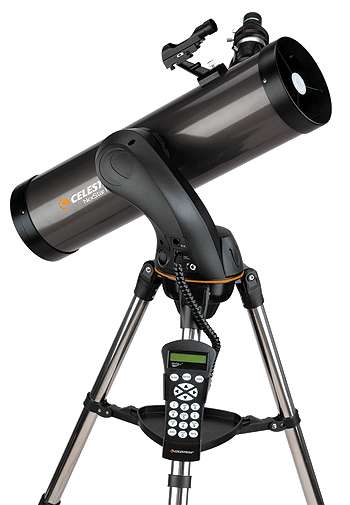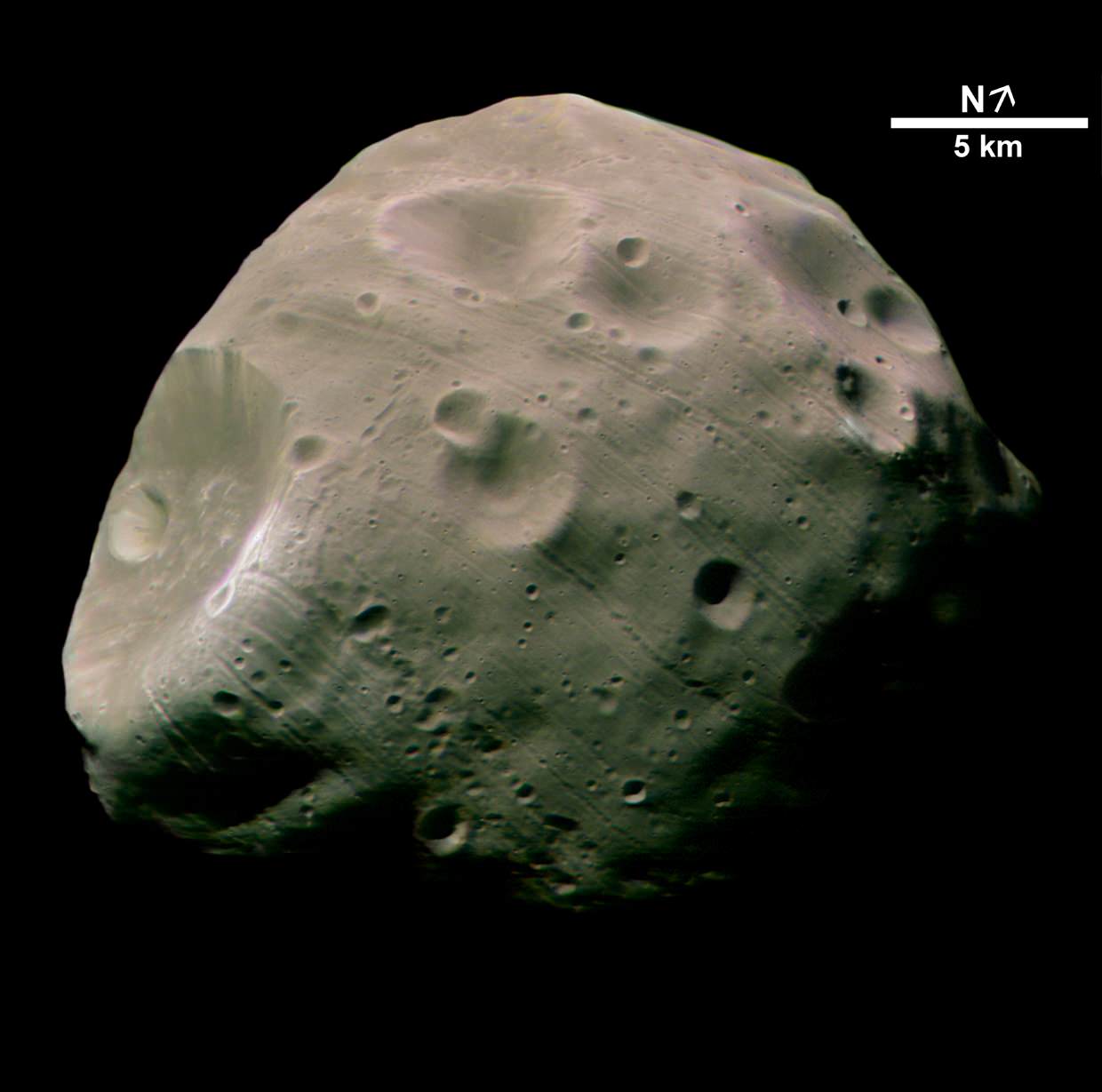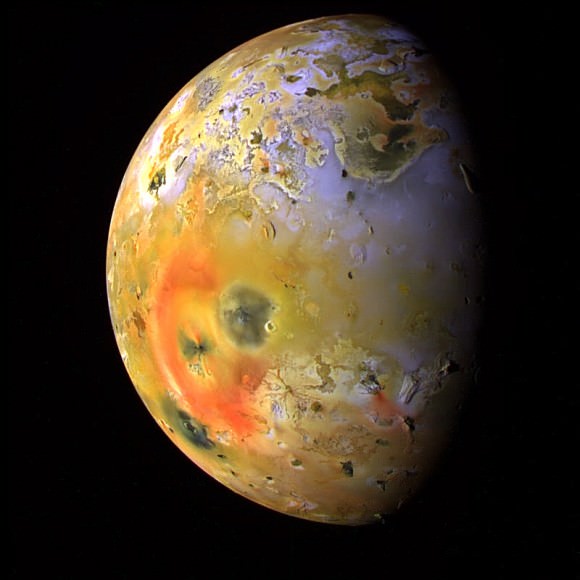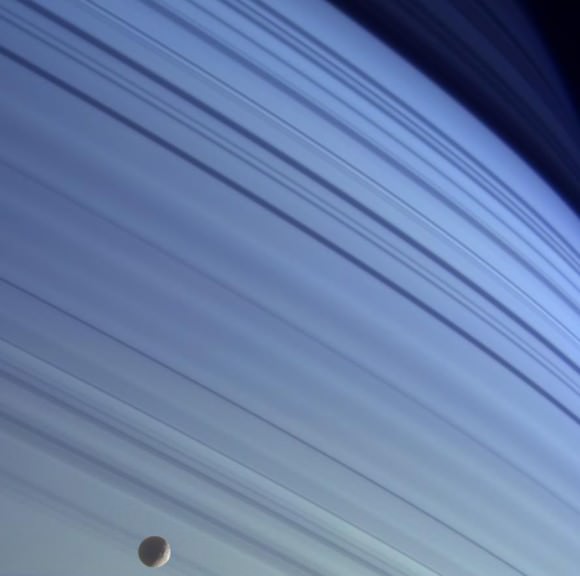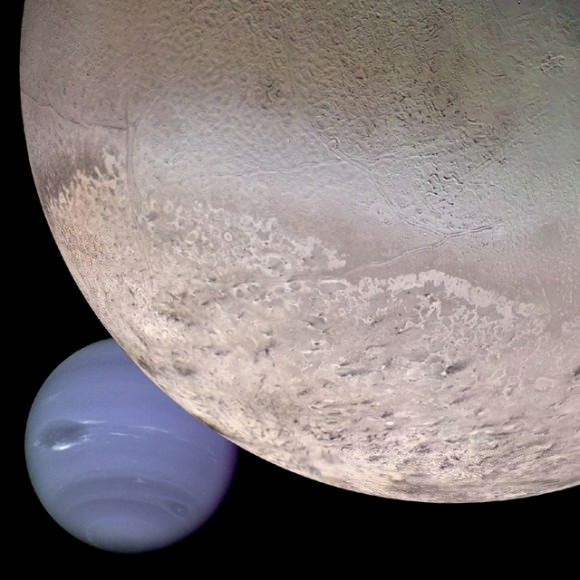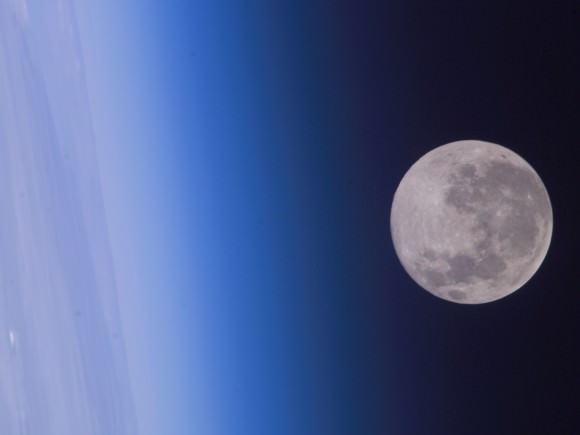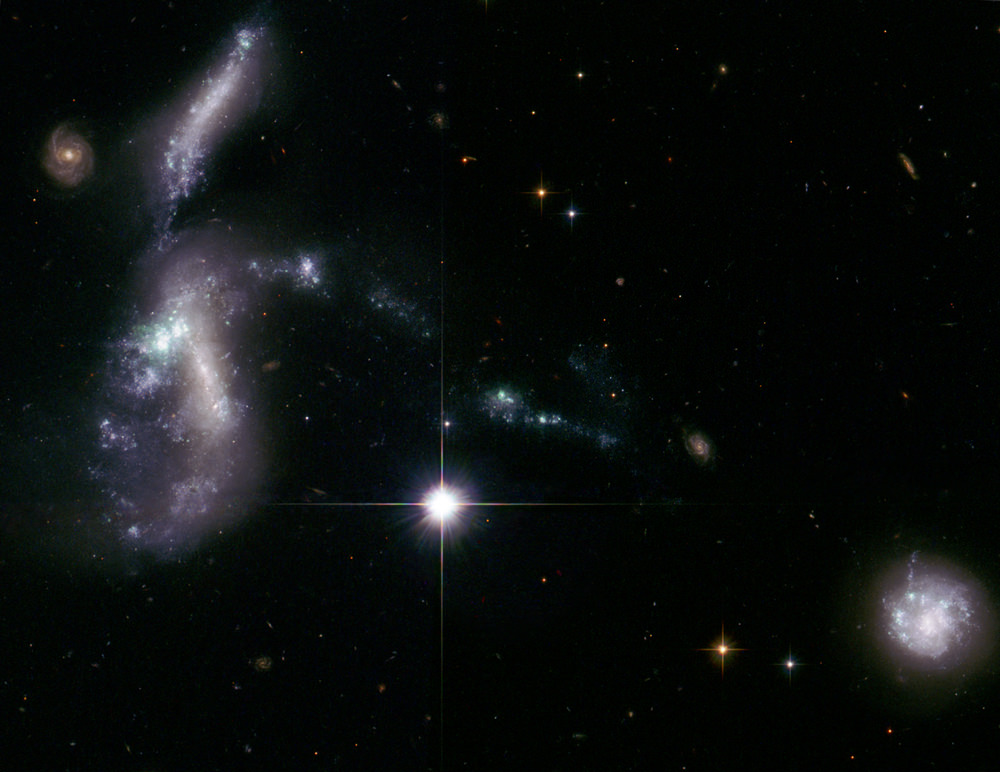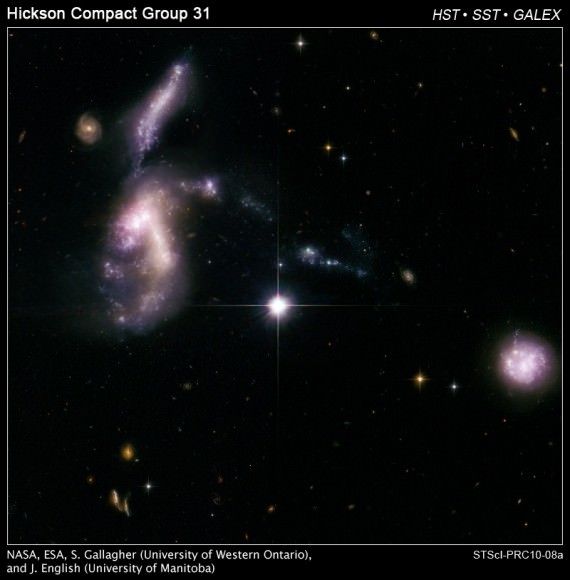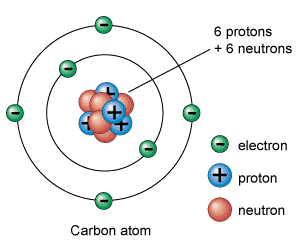First, some simple answers: space is everything in the universe beyond the top of the Earth’s atmosphere – the Moon, where the GPS satellites orbit, Mars, other stars, the Milky Way, black holes, and distant quasars. Space also means what’s between planets, moons, stars, etc – it’s the near-vacuum otherwise known as the interplanetary medium, the interstellar medium, the inter-galactic medium, the intra-cluster medium, etc; in other words, it’s very low density gas or plasma (‘space physics’ is, in fact, just a branch of plasma physics!).
But you really want to know what space is, don’t you? You’re asking about the thing that’s like time, or mass.
And one simple, but profound, answer to the question “What is space?” is “that which you measure with a ruler”. And why is this a profound answer? Because thinking about it lead Einstein to develop first the theory of special relativity, and then the theory of general relativity. And those theories overthrew an idea that was built into physics since before the time of Newton (and built into philosophy too); namely, the idea of absolute space (and time). It turns out that space isn’t something absolute, something you could, in principle, measure with lots of rulers (and lots of time), and which everyone else who did the same thing would agree with you on.
Space, in the best theory of physics on this topic we have today – Einstein’s theory of general relativity (GR) – is a component of space-time, which can be described very well using the math in GR, but which is difficult to envision with our naïve intuitions. In other words, “What is space?” is a question I can’t really answer, in the short space I have in this Guide to Space article.
More reading: What is space? (ESA), What is space? (National Research Council of Canada), Ned Wright’s Cosmology Tutorial, and Sean Carroll’s Cosmology Primer pretty much cover this vast topic, from kids’ to physics undergrad’ level.
It’s hard to know just what Universe Today articles to recommend, because there are so many! Space Elevator? Build it on the Moon First illustrates one meaning of the word ‘space’; for meanings closer to what I’ve covered here, try New Way to Measure Curvature of Space Could Unite Gravity Theory, and Einstein’s General Relativity Tested Again, Much More Stringently.
Astronomy Cast episodes Einstein’s Theory of Special Relativity, Einstein’s Theory of General Relativity, Large Scale Structure of the Universe, and Coordinate Systems, are all good, covering as they do different ways to answer the question “What is space?”
Source: ESA

